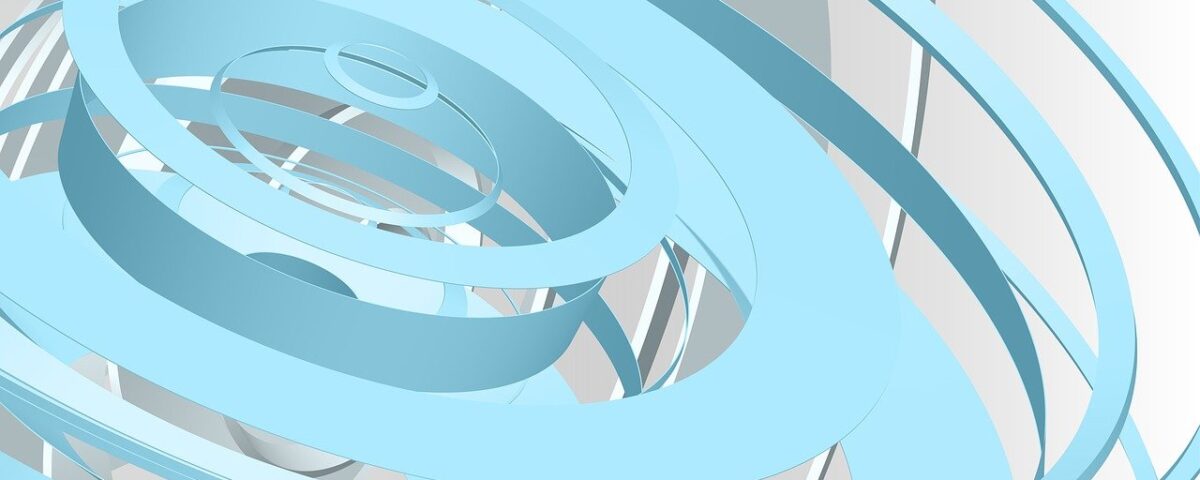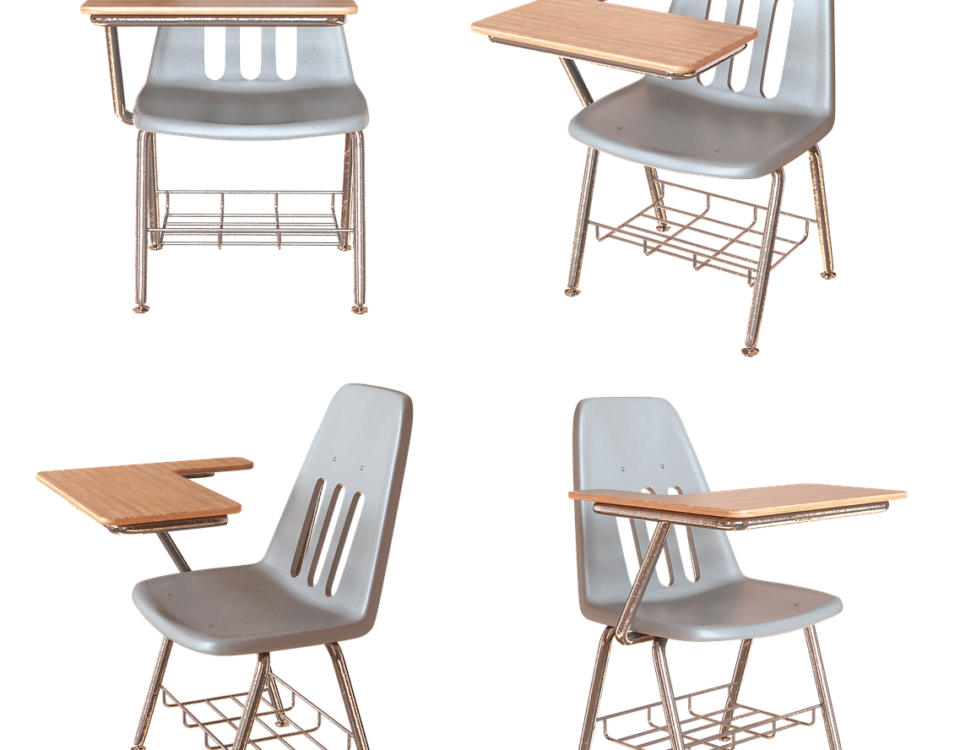Methods for Constructing CAD 3D Models

Digital Accumulation Forming (3D Mosaic)
February 15, 2025
STL Data Files and Processing in Rapid Prototyping
February 15, 2025In the field of product design, digital-based rapid design is primarily achieved through two main approaches: one involves designing the 3D model of a product directly on a CAD software platform based on product requirements or two-dimensional drawings, often referred to as conceptual design; the other involves scanning an existing physical product using a scanner to obtain its 3D model, commonly referred to as reverse engineering.
1. Conceptual Design: Designing 3D Models Based on CAD Software
Conceptual design is one of the most common methods for creating 3D models in CAD (Computer-Aided Design) software. This approach involves using a CAD platform to develop a digital representation of a product directly from its 2D drawings or based on specific design requirements. The process typically begins with creating 2D sketches or plans, which are then converted into 3D models within the CAD software.
This method is highly flexible, allowing designers to experiment with different concepts and iterations before finalizing the design. The CAD system provides a wide array of tools to manipulate the geometry of the model, check for interferences, and simulate performance. Once the 3D model is complete, it can be used for further analysis, prototyping, or even direct production in 3D printing or CNC machining.
Advantages of Conceptual Design in CAD:
- Design Flexibility: CAD software allows for easy modification and optimization of the design based on iterative feedback and testing.
- Precise Specifications: Designers can define and refine the exact dimensions, shapes, and tolerances of the model, ensuring accurate manufacturing outputs.
- Visual Prototyping: 3D models can be visualized in a realistic rendering, helping stakeholders better understand the product’s appearance and functionality.
- Faster Prototyping: Digital models can be quickly converted into physical prototypes through 3D printing or other rapid manufacturing technologies, accelerating the development process.
2. Reverse Engineering: Scanning Existing Products to Create 3D Models
Reverse engineering is another method for obtaining 3D models, particularly useful when duplicating or modifying existing products. This process begins by scanning an existing physical object using specialized scanning equipment, such as 3D scanners or laser scanners, which capture detailed surface geometry and convert it into a digital 3D representation.
The 3D scanning process captures millions of data points from the surface of the object, creating a point cloud or mesh model that can be further refined and edited within CAD software. Reverse engineering is commonly used for replicating spare parts, improving or modifying existing products, or creating custom designs based on physical prototypes.
Advantages of Reverse Engineering:
- Accuracy in Replication: Scanning enables the creation of highly accurate digital models of complex geometries that would be difficult to recreate manually.
- Efficient Modification: Existing parts can be scanned and modified to meet new design specifications or improve performance, without starting the design process from scratch.
- Customization: Reverse engineering allows for the customization of existing products, such as adjusting the size or adding new features to an existing design.
- Legacy Parts: It is especially useful for industries where legacy or obsolete parts need to be recreated for repairs or upgrades.
Choosing Between Conceptual Design and Reverse Engineering
The choice between conceptual design and reverse engineering depends largely on the specific needs of the project. Conceptual design is ideal for developing entirely new products or components where no physical object currently exists. This approach offers greater creative freedom and flexibility to innovate and explore design alternatives.
On the other hand, reverse engineering is more appropriate when there is an existing physical object that needs to be duplicated or modified. It is particularly useful in industries like manufacturing, automotive, and aerospace, where custom parts or spare parts are needed to match older designs or for performance optimization.
Conclusion
Both conceptual design and reverse engineering are essential methods for creating 3D models in the digital era. Whether you are designing a new product from scratch or improving an existing one, CAD technology offers a wide array of tools and capabilities to streamline the process and ensure precise and effective results. By understanding the strengths and applications of each approach, designers and engineers can choose the right method for their specific needs, ultimately leading to faster, more accurate, and cost-effective product development.


